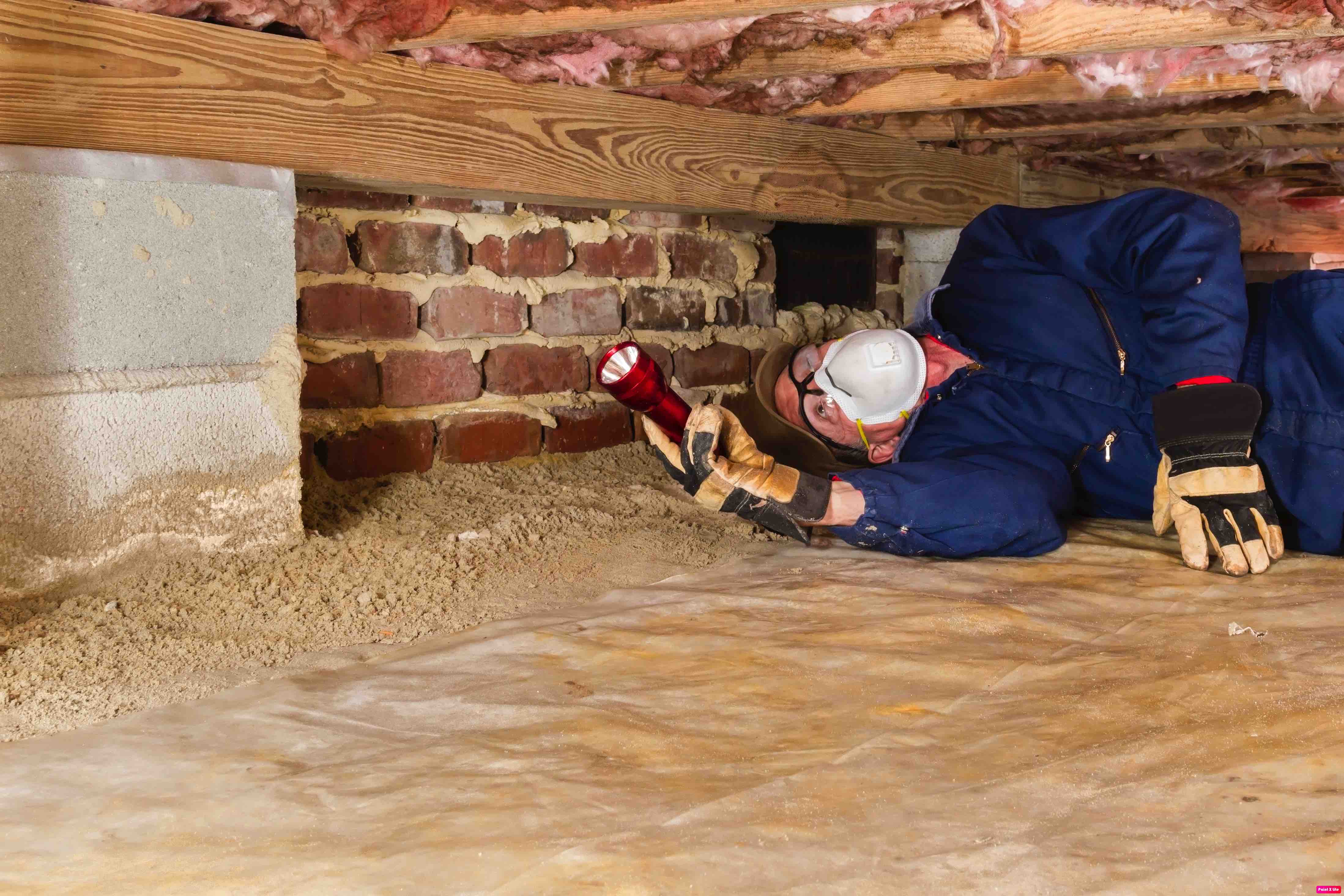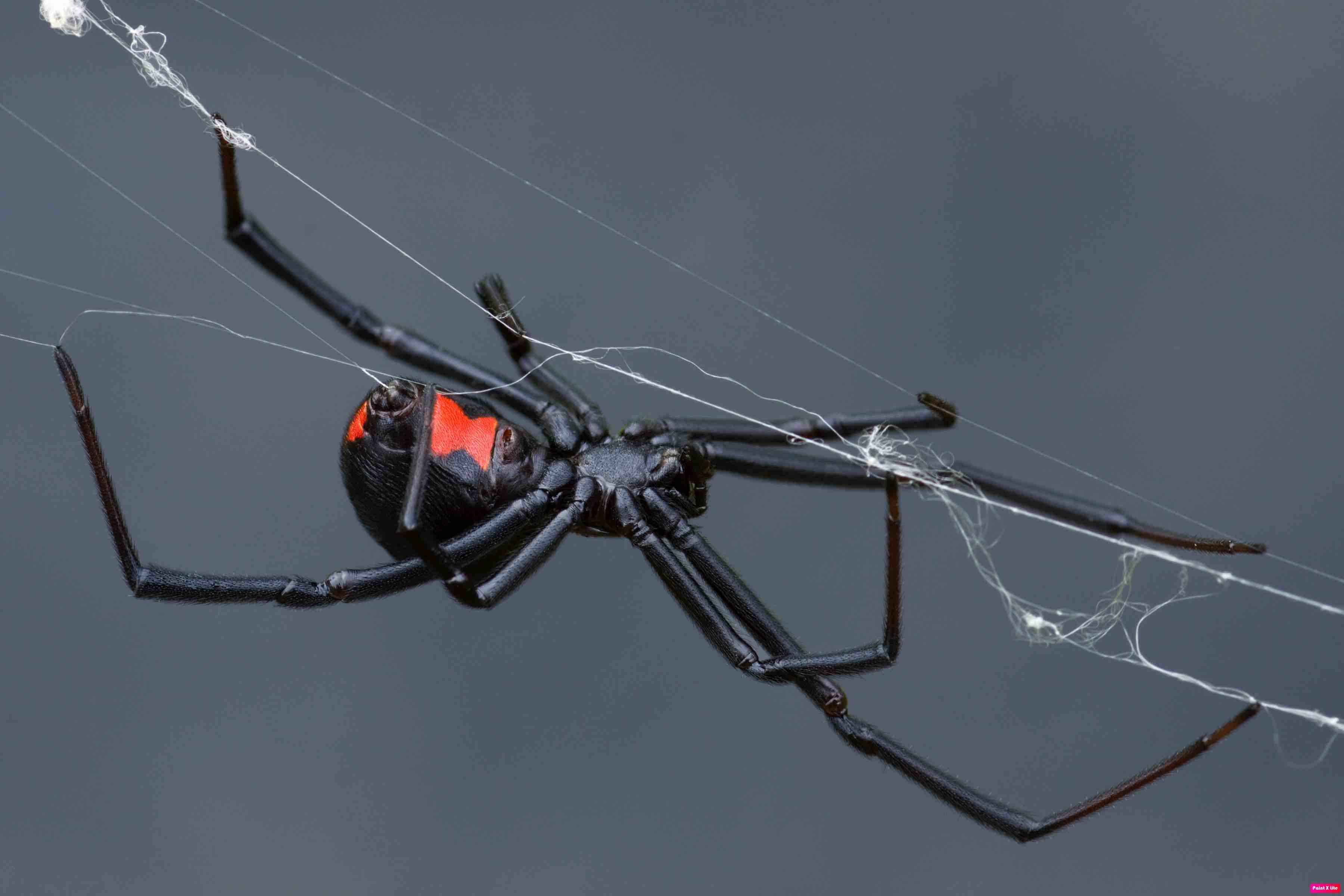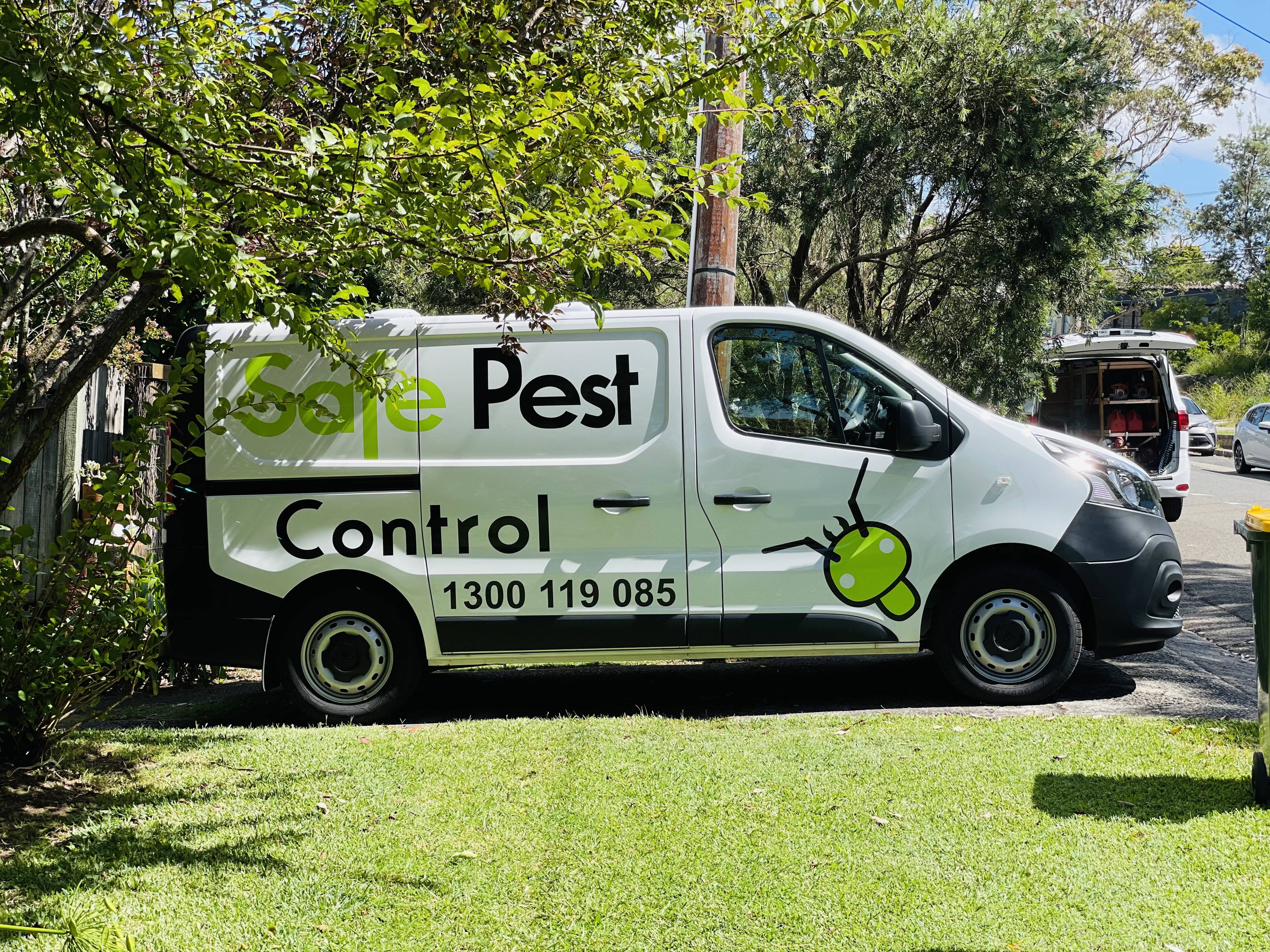How Often Should Pest Control be done?
Get A quote from a local, trusted Pest Controller – it only takes a minute

Safe Pest Control >> Sydney >> How Often Should Pest Control be done?
Last Updated Feb 21, 2024 · Written by Safe Pest Control team
How Often Should You Schedule Pest Control Services?
A Detailed Overview Ensuring the protection of your home or business, against pests goes beyond appearances; it’s about safeguarding your well-being, property and peace of mind. However the straightforward question of “How should I arrange for pest control?” may have a nuanced response. Various factors play a role in determining the schedule for your circumstances. Let’s explore further why consistent pest control is crucial and examine the factors that dictate how often you should consider availing these services.

The Importance of Regular Pest Management:
While sporadic encounters with pests might appear trivial their presence can bring about concerns:
Health Risks; Numerous pests carry and transmit diseases that can be harmful to both humans and pets. For instance, cockroaches have the potential to trigger allergies and asthma while mosquitoes are known to spread illnesses such as West Nile virus and Zika. Rodents like mice and rats can contaminate food sources and surfaces with microorganisms.
Property Damage: Besides being an annoyance pests can cause damage. Termites silently consume structures resulting in structural deterioration. Rodents chew on wires, furniture items and even walls—leading to hazards and costly repairs. Certain insects, like carpenter ants, are capable of harming components of your dwelling.
Psychological Impact: Pests, without posing health or property risks can still be quite unsettling and disrupt one’s peace of mind. The sight of insects crawling around rodents scurrying about or the buzz of mosquitoes can easily create feelings of anxiety and discomfort affecting how much you enjoy your living space.
Proactive Protection: Taking measures to control pests is like making a long-term investment in your well-being. It’s all about safeguarding your health protecting your property and ensuring an environment from pests for you and your family.
Moving beyond the basics let’s delve into how pest control should be done. While starting with a plan is an idea various factors come into play when determining the ideal frequency for your specific situation;
Understanding Frequency Factors
Types of Pests; Each pest has its own lifecycle and breeding patterns. Cockroaches and ants may need treatments annually or frequently based on severity. On the hand, redback spiders require professional attention once spotted due to their venomous nature.
Location and Environment; areas, with plenty of food sources tend to face pest pressures possibly necessitating treatments every quarter or even bi monthly. In areas there may be pressure but its important to address specific concerns, like termites through yearly inspections and preventive actions. Being close to water sources can attract bugs that thrive in moisture so proper landscaping can help reduce their presence.
When considering pest control factors such as the age and type of building come into play. Older buildings with cracks may need checks and sealing. For. For structures, a coordinated approach is necessary due to shared walls and the potential for pests to move between units. The severity of an infestation also affects the treatment needed; existing infestations usually require more frequent measures than preventive ones.
It’s essential to note that this list isn’t exhaustive. Consulting a qualified pest control professional is crucial for advice based on your situation. They can identify your vulnerabilities suggest methods and frequencies and ensure pest control success.

Delving Deeper into Common Pests and Their Control Needs:
Understanding the significance of pest management and the factors influencing its frequency enables you to develop a plan that safeguards your home, health and peace of mind. Prioritize a pest environment for comfort and security, at home. Exploring Further into Common Pest Issues and How to Manage Them;
After discussing some pests let’s dive into instances and factors that influence how often they should be treated:
- Cockroaches:
- Type matters; German cockroaches breed quickly so they may need treatments every month or even monthly in cases. Brown cockroaches might only require treatments a year or every two years.
- Indicators of infestation; Look out for droppings shed skins and a musty smell.
- Control techniques; Using baits, traps, gel applications and targeted sprays can help. For infestations, it’s essential to seek assistance.
- Ants
- Diversity is important; Pavement ants may need treatments once a year while carpenter ants should be addressed immediately by professionals due, to their behaviour.
- Signs of infestation; Watch for trails of ants and ant nests near the foundation or within walls.
- Control methods; Using baits targeted sprays and sealing entry points like cracks can be effective. For problems like carpenter ants professional help is highly recommended.
- Bed Bugs:
- Quick spread; Known for spreading because they feed at night. Immediate professional treatment is crucial as soon as signs appear.
- Signs of infestation; Keep an eye out for bites on skin, bloodstains, on skins and a musty odour.
- Ways to manage pests; Using heat treatments, insecticides, cleaning and steam treatment of furniture and bedding.
- Rodents:
All year-round concern; Mice and rats reproduce rapidly. Can cause harm. Regular checks and preventive actions are essential. Indications of infestation; Droppings, gnaw marks, strange noises or sightings of rodents. Managing methods; Using traps, baits sealing entry points to exclude them and seeking help, for issues.
- Mosquitoes:
nuisance; active in warmer months. Signs of infestation; Mosquito bites or presence of larvae in water. Control strategies; Reducing sources (removing standing water) using nets applying larvicides using targeted adulticides when needed.
Remember; This list is not exhaustive; specific requirements may vary based on where you’re located and your surroundings. It’s advisable to consult a Safe pest control expert for a customized plan tailored to the pest problem you’re dealing with. In addition, to frequency; It’s crucial to understand that pest control frequency is one aspect of the solution. To effectively tackle pest issues it’s important to take an approach;
- Prevention; Making sure entry points are sealed, maintaining cleanliness and controlling moisture are key, to reducing pest infestations.
- Monitoring: Regularly checking your property for any signs of pests and dealing with them promptly is crucial.
- Seeking help: Getting advice from a pest control expert for a customized plan and efficient treatment methods is essential.
By addressing the challenges posed by pests and combining proactive steps, with targeted solutions you can protect your home from unwelcome intruders and maintain a healthy pest-free living space.

location and Surroundings: Tailoring Your Pest Control to Your Environment
The environment surrounding your home plays a crucial role in determining the types of pests you might encounter and how often you need pest control.
Let’s delve deeper into some key location-specific factors:
- Urban Environments:
- High pest pressure: The abundance of food scraps, overflowing bins, and close proximity of dwellings create a haven for cockroaches, rodents, and bed bugs.
- Frequency: Quarterly or even bi-monthly treatments might be necessary, especially for high-rise buildings where pests can easily travel between units.
- Targeted measures: Focus on sealing entry points in shared areas like basements and laundry rooms, and ensure proper waste management practices within individual units.
- Rural Environments:
- Lower pest pressure: Generally, fewer pests, but specific threats like termites, ticks, and mosquitoes require vigilance.
- Frequency: Annual inspections and preventative measures are crucial, especially for termites that can silently cause structural damage.
- Seasonal concerns: Mosquitoes might require targeted treatments during warmer months, while tick checks become important after outdoor activities.
- Proximity to Water Sources:
- Moisture magnets: Standing water sources like ponds, fountains, or poorly drained areas attract mosquitoes, gnats, and other moisture-loving insects.
- Frequency: Targeted treatments around water sources might be necessary, along with addressing drainage issues and eliminating stagnant water.
- Additional measures: Mosquito nets and larvicides can be helpful in controlling mosquito populations.
- Landscaping:
- Pest havens: Dense vegetation, overgrown gardens, and debris piles provide shelter and breeding grounds for various pests.
- To prevent pest issues: it’s important to keep your yard maintained by taking care of your lawn and trimming hedges to reduce hiding spots. Regularly clean up leaf litter and debris piles to minimize pest attraction.
- Specific Concerns: Be mindful of factors that can attract pests, such, as fruit trees drawing in fruit flies or woodpiles attracting termites.
Remember that these are just examples and your specific situation may call for adjustments. It’s an idea to seek advice from a pest control expert who understands the common pests and environmental conditions in your area. They can create a customized plan tailored to your needs for long term pest management.
By recognizing the challenges presented by your surroundings you can proactively implement measures and targeted treatments establishing a safe and pest-free environment for yourself and those close, to you.

Tailoring Your Pest Control Plan to Your Building Type:
The factors we discussed earlier influence your pest control frequency, but your building type adds another layer of complexity. Let’s explore how your living arrangement shapes your approach:
- Single or Double Storey Homes:
- Entry points: Inspect for potential pest entry points around the foundation, rooflines, doors, and windows. Seal any cracks or gaps to prevent unwanted visitors.
- Moisture management: Ensure proper ventilation in crawl spaces and attics to avoid moisture build-up, which attracts pests like roaches and silverfish. Regularly check for and address leaky pipes or drainage issues.
- Landscaping: Maintain a tidy perimeter around your home. Clear away leaf litter, debris piles, and overgrown vegetation that can provide harbourage for pests.
- Semi-Detached Homes:
- Shared walls: Pests can easily travel between units through shared walls and attics. Coordinate pest control efforts with your neighbour for maximum effectiveness. Consider barrier treatments in shared areas if necessary.
- Garden access: Check if your garden directly connects to shared spaces. Implement preventive measures like fencing or barriers to control pest movement.
- Apartment Blocks:
- Shared building infrastructure: Regular building-wide pest control services are crucial, targeting common areas like garbage disposal, laundry rooms, and basements.
- Individual unit responsibility: While communal efforts are essential, maintain vigilance within your own unit. Seal entry points, address moisture issues, and practice proper sanitation to minimize pest attraction.
- Communication with management: Report any signs of pest activity to your building management promptly.
Early intervention is key to preventing infestations from spreading within the building.
- High-Rise Buildings:
- Exterior maintenance: Regular inspections and sealing of exterior cracks and crevices at various levels are crucial.
- Shared ventilation systems: Regular cleaning and maintenance of shared ventilation systems can help prevent pest migration through these channels.
- Waste management: Proper waste disposal practices within individual units and designated areas are essential to minimize pest attraction.
Seek guidance from a pest management expert who has experience, with your building structure to receive personalized recommendations and expert insights. They can evaluate the susceptibilities of your property. Suggest the most efficient techniques and schedules for ensuring prolonged success in pest control.
By recognizing the obstacles and weaknesses linked to your type of building you can establish a pest management plan that safeguards your residence promotes tranquillity and preserves the welfare of your community.

Proactive Approach for Lasting Protection
It’s essential to understand that there isn’t a solution regarding how you should engage in pest control. By taking into account the factors discussed earlier and seeking advice from a professional you can develop a customized strategy that effectively shields your home against intruders thereby fostering a pest-free living environment for yourself and those dear to you.
I trust this extended piece provides you with an in-depth insight into determining the frequency of pest control measures and underscores its role, in upholding a whole and pleasant living space.
OUR LATEST PEST CONTROL ARTICLES AND NEWS
Rodent Management in Buildings
Rodent Management in Buildings Dealing with rodents in a building can be a stressful ordeal. Not only do they pose health risks by contaminating food
Understanding Rodent Related Allergies in Sydney Public Health Implications
Rodent-Related Allergies in Sydney: Public Health Implications Rodents, often unnoticed, play a significant role in public health concerns within urban environments like Sydney. While their
Rodents
Understanding Rodents: From Infestations to Control Rodents, an incredibly diverse group of mammals defined by their sharp incisors that continually grow throughout their lives, represent
Redback Spiders
Redback Spiders | Key Facts and Pest Management in Sydney Understanding the Redback Spider: An Introduction The redback spider (Latrodectus hasselti) is a creature of
Rodent Control for Businesses: Safeguarding Your Property and Reputation
Rodent Control for Businesses: Safeguarding Your Property and Reputation Rodent Control for Businesses: Safeguarding Your Property and Reputation In the bustling cityscapes and quiet suburban

Understanding the Health Risks & Diseases Spread by Rodents
Understanding the Health Risks & Diseases Spread by Rodents From bustling city streets to quiet fields, rodents like rats and mice seem to be everywhere.
REQUEST A QUOTE
